Time Period: Early Twentieth Century (1901 - 1940)
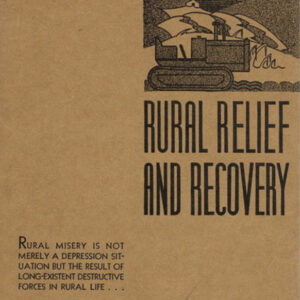 Rural Relief and Recovery
Rural Relief and Recovery
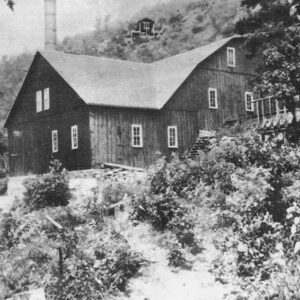 Rush Mill
Rush Mill
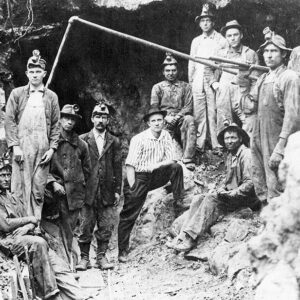 Rush Miners
Rush Miners
 Rush Store
Rush Store
 Rush Street Scene
Rush Street Scene
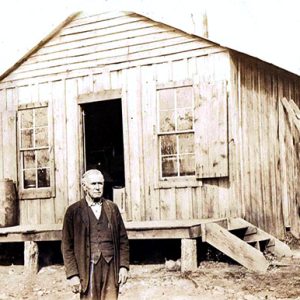 Russ Grocery Store
Russ Grocery Store
Russell Jail
 Festus Russell
Festus Russell
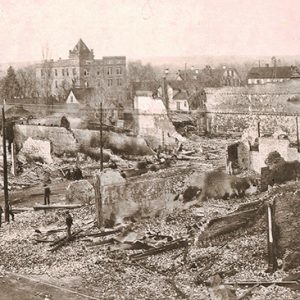 Russellville Fire
Russellville Fire
 Russellville Democrat
Russellville Democrat
Russellville Public Library
aka: Heritage Hall
 John Rust
John Rust
Rust, John Daniel
 Babe Ruth at Oaklawn Park
Babe Ruth at Oaklawn Park
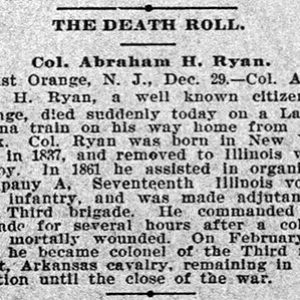 Abraham Ryan Article
Abraham Ryan Article
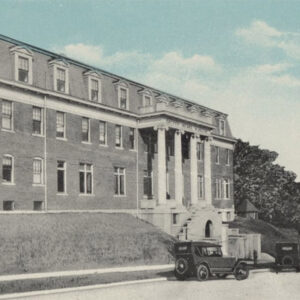 Sacred Heart Academy
Sacred Heart Academy
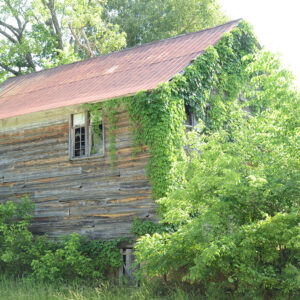 Saddle Store
Saddle Store
Saenger Theatre
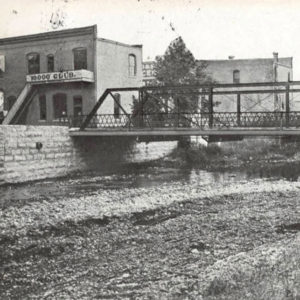 Sager Creek
Sager Creek
 Sahara Temple
Sahara Temple
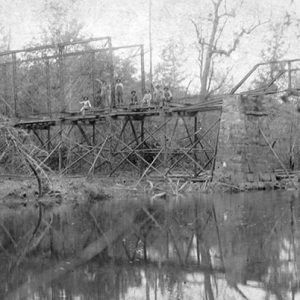 Salado Bridge
Salado Bridge
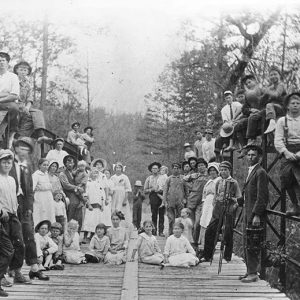 Salado Creek Bridge
Salado Creek Bridge
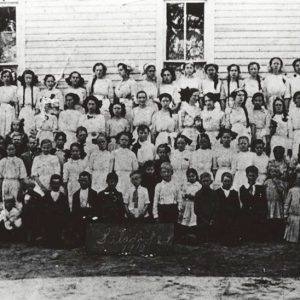 Salado School
Salado School
Saline County Courthouse
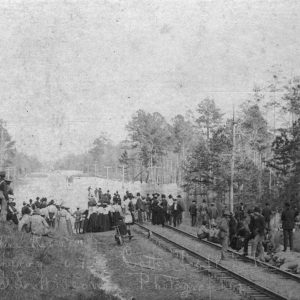 Saline River Flood
Saline River Flood
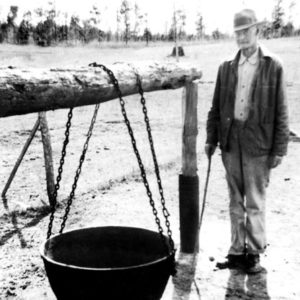 Salt Kettle
Salt Kettle
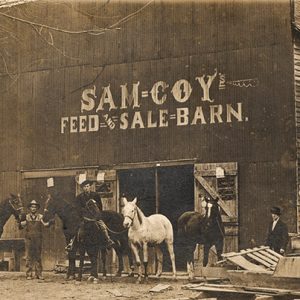 Sam Coy Feed and Sale Barn
Sam Coy Feed and Sale Barn
Sam Epstein House
Sammon, Winona
aka: Peggy Shannon
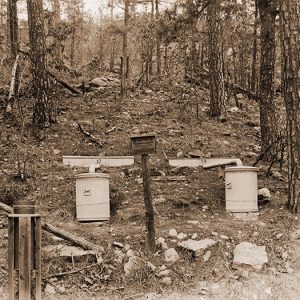 Sampling Plots
Sampling Plots
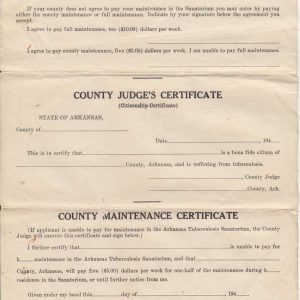 Sanatorium Applicant's Certificate
Sanatorium Applicant's Certificate
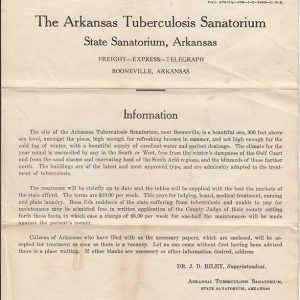 Sanatorium Flyer
Sanatorium Flyer
Sanders, Ira Eugene
Sanders, Theodore Marcus
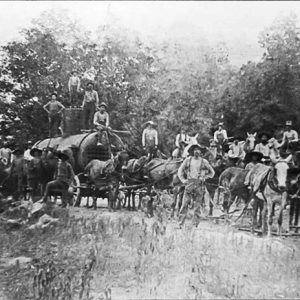 Steam Boiler
Steam Boiler
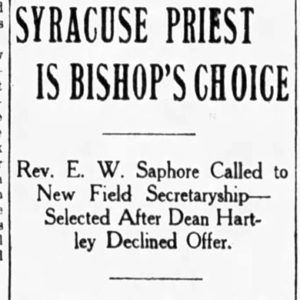 Edwin Warren Saphore Article
Edwin Warren Saphore Article
Saphore, Edwin Warren
 SATC Inductees
SATC Inductees
 J. V. Satterfield
J. V. Satterfield
 J. V. Satterfield and Maureen O'Hara
J. V. Satterfield and Maureen O'Hara
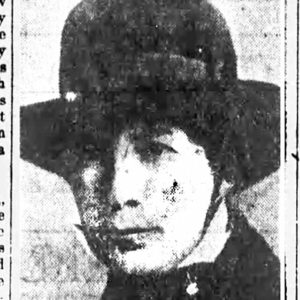 Anna Saugey
Anna Saugey
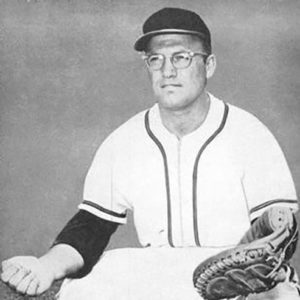 Carl Sawatski
Carl Sawatski
Sawyer, Lewis Ernest
 Saxon Hotel
Saxon Hotel
 Joseph A. Scarboro
Joseph A. Scarboro
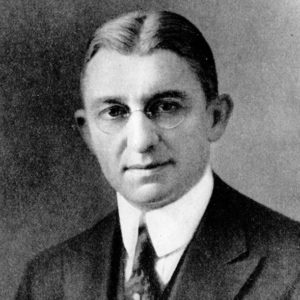 James Isaac Scarborough
James Isaac Scarborough
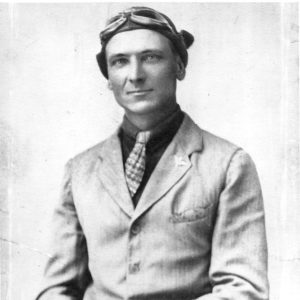 Richard Schilberg
Richard Schilberg
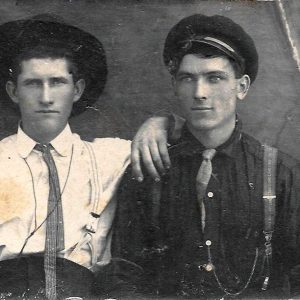 Richard Schilberg
Richard Schilberg
 Richard Schilberg Aircraft
Richard Schilberg Aircraft




